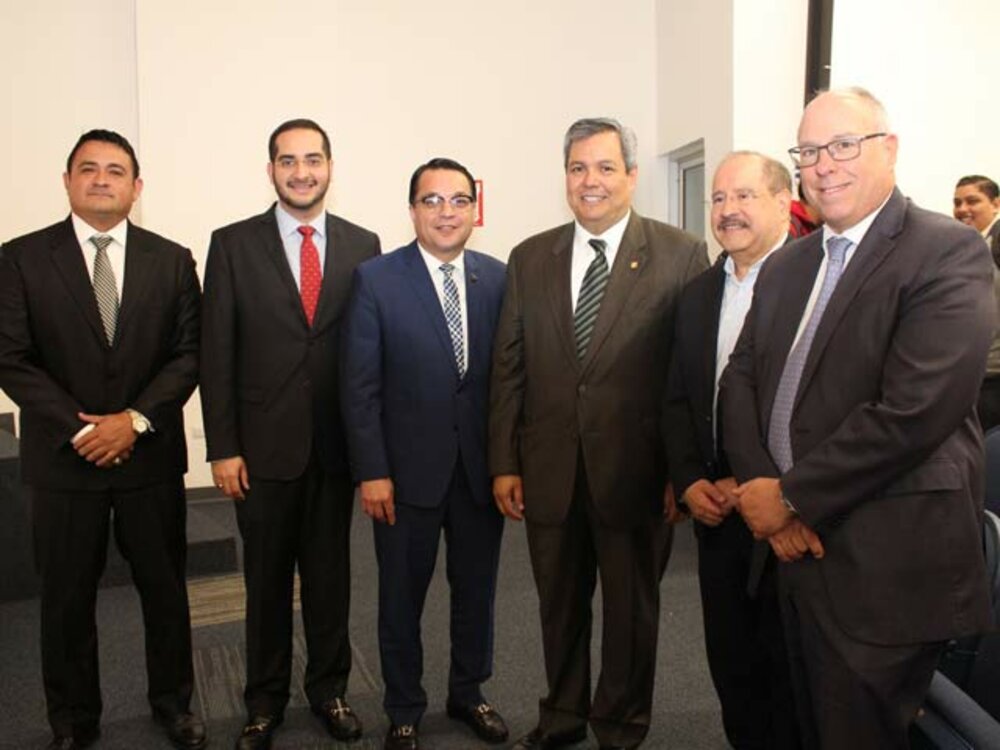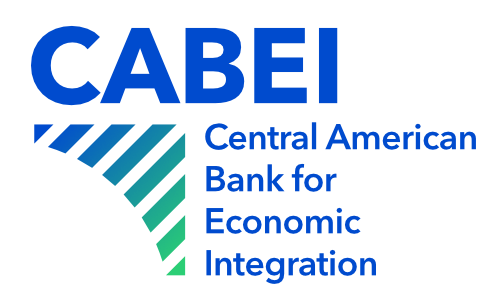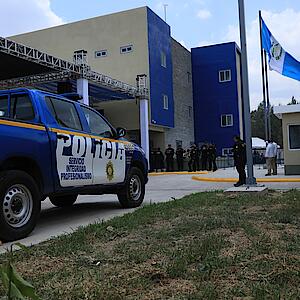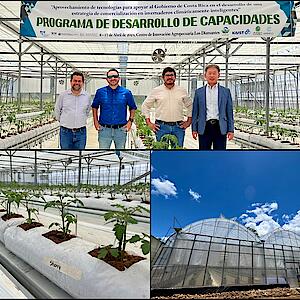President of CABEI gives conference to welcome the academic year at UNITEC

Dr. Dante Mossi encourages young people to set realistic goals.
It is noteworthy that CABEI now represents 51 percent of the region's financing.
Tegucigalpa, February 12, 2019.- With the conference denominated, "CABEI, the strategic ally of the region," before professors and students of the Central American Technological University (UNITEC), the Executive President of the Central American Bank of Economic Integration (CABEI) Dr. Dante Mossi marked the beginning of the institution's academic year.
Dr. Mossi pointed out that currently, CABEI includes the Dominican Republic, Panama and Belize as non-founding regional members and the Republic of China Taiwan, Mexico, Spain, Colombia, Argentina and Cuba as non-regional members. In addition, it is awaiting the formalization of Korea's incorporation during 2019.
He expressed that the strength given by all its fifteen members make CABEI a more technically and financially sound bank, whose synergy comes from this alliance, enabling it to be an A+ rating institution, which is above the individual qualification of its members.
In his speech he explained that the Bank is relevant in many ways. First, it represents the triumph of sixty-year long economic integration efforts, which was inspired by movements originating from colonial times. It has endured regional and international conflicts, as well as a series of economic expansions and recessions, but even more significant, it has triumphed in the economic transformation of Central America.
In this regard, Dr. Mossi announced that during his tenure he intends to publicize the results of the multilateral institution, which has been a pioneer in the construction of the region's highways and continues with the task of financing highways of up to six lanes in Panama and the longest highway financed on the border of Guatemala with Mexico. Another noteworthy element is that 20 percent of the portfolio involves the region's financial system, from banks to cooperatives, in order to support environmentally friendly small and medium-sized entrepreneurs and communities led by women.
I believe, however, that it is important to return to the concept that individual economies do not have market power; however, when they work together, the regional economy has a better chance of being competitive. Some projects are carried out through the SIEPAC network, which enables the exchange of electrical energy in the countries of the region, the integral development of the Gulf of Fonseca and the deep integration in the borders between Guatemala and Honduras and between El Salvador and Honduras.
He reiterated that we must take into account new technologies such as the use of natural gas in the generation of electric power for industry and transportation through the creation of a Central American gas pipeline. Likewise, it is imperative to develop a regional merchant marine that allows transportation between the countries using the ports of the zones, fostering the deep integration of the Dominican Republic as a trading base with the Caribbean islands.



